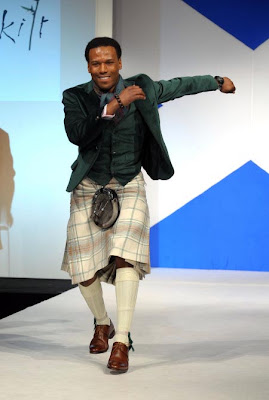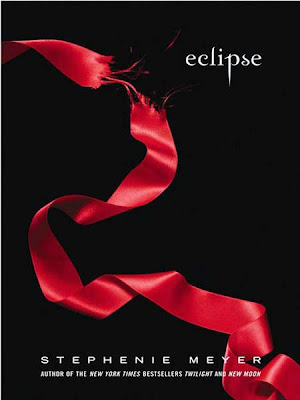Summer is starting its yearly conquest of Spring, and the days for wearing spring coats are dwindling. Nevertheless, when packing for my New York trip last weekend, I included in the mix my favorite spring coat, a Theory trench the color of a pale biscuit. I hoped there might be proper occasion—cold weather, wet weather—to wear it. (The trench to the below right is a finer thing, a Burberry confection). I used my biscuit coat just once, to be exact—in the cool of an excellently priced Bolt Bus, not outside in a park of flowers, pigeons, and pugs. But while we were rolling along the highway from Washington to New York through a light smattering of rain—this was the one time it rained—I noticed that my coat complemented rather well my book,
Leave It To Psmith by P.G. Wodehouse (1881-1975). And like yours truly, Psmith was reading en route—but on a train and with a monocle. Still, I felt like I was in a real life matryoshka doll, somehow of the English variety. This served to lighten my mood considerably.


The edition I carried is as pictured to the left. It is by
Overlook Press, which has been reissuing (almost) all the Wodehouse titles and is scheduled to finish the marvelous task by August. Overlook's are arguably the best volumes to buy: The pages are sewn, not glued, the illustrations are all charming and suitable for each book's contents, the boards a lovely light blue cloth, and the inside covers papered in pale yellow and cream vertical stripes. Everything about the design suggests whimsy, leisure, a light heart, surprise, and intelligence. I think Jeeves would nod in approval of these editions, and Psmith (the "P" is silent, he says, as in "pshrimp") would be so happy as to insert a pink chrysanthemum—or, perhaps, this time a carnation—into his buttonhole. Bertie Wooster would have Jeeves make him a whiskey-and-soda in celebration.
Another Plum book to consider is called
Week-end Wodehouse (1939), a compilation of Plum's stories and excerpts with illustrations—or "decorations"—by Kerr and an introduction by
Hilaire Belloc. Belloc writes, in closing, about butlers and the importance of Jeeves:
It is probable that the race of butlers will die even sooner than other modern species. They rose to meet a need. They played a national role triumphantly. That role is now near extinction and they are ready to depart. You may say that Jeeves is not exactly a butler, but he is of the same rare divine metal from which butlers are made. He leads among those other butlers of Mr. Wodehouse's invention and indeed he leads all the gentlemen's gentlemen of the world. I should like the foreigner or posterity (much the same thing) to steep themselves in the living image of Jeeves and thus comprehend wha tthe English character in action may achieve. Talk of efficiency!
I have just said that those of whom Jeeves is the prototype or the god are perhaps doomed, and this leads me to the last question which one always asks of all first-rate writing: Will Mr. Wodehouse's work endure?
Pray note that literary work does not necessarily endure through its excellence. What is called "immortality" (wheras nothing mortal is immortal) is conferred upon a man's writing by external circumstances as much as by internal worth. I can show you whole societies of men for whom Keats would be meaningless and I know dozens of Englishmen well versed in the French language who find Racine merely dull. Whether the now famous P.G. Wodehouse will remain upon that level for as many generations as he deserves, depends, alas, upon what happens to England. For my part I would like to make it a test of that thing—"What happens to England."
If in,say, 50 years Jeeves and any other of that great company—but in particular Jeeves—shall have faded, then what we have so long called England will no longer be.
Or, in the words of a young lady in
The Code of the Woosters, "Jeeves, you really are a specific dream-rabbit," to which he replies, "Thank you, miss. I am glad to have given satisfaction."




































